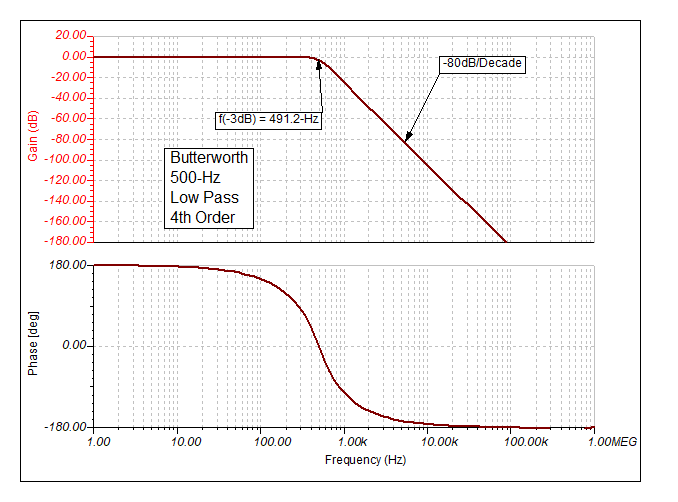HI,
I’m trying to use the THP210 amplifier to get a fully differential amplifier. I followed the designed made by FilterPro Desktop by TI.
Here is the provided schematic.
Here is the implemented schematic in altium designer.
and here is the implemented layout
In the previous image plane +5V and plane GndA are hidden.
I connected gnd to In- and a sine wave between 0.5V and 4.5V, with mean voltage equal to 2.5V and 50Hz of frequency as shown in this picture.
Here are the signals at the inputs of the THP210
and here are the output
It seems that the opamp is stacked.
What’s wrong in my design?
Thank you in advance for your suggestions.





